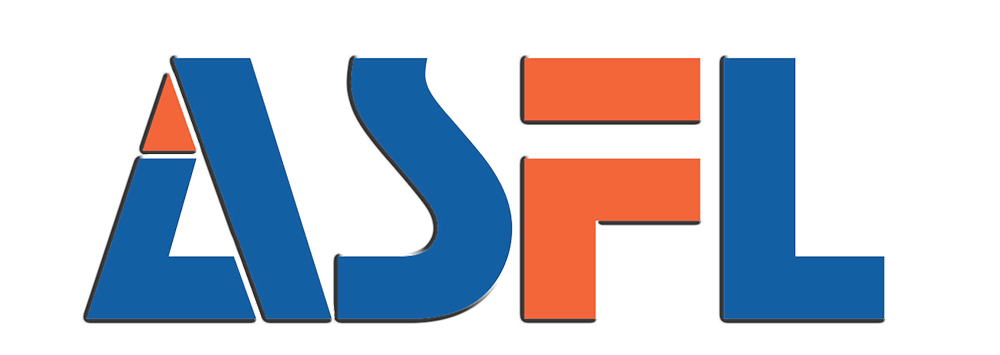Core Hygiene Protocols in Modern Water Bottling Machines
Automated Cleaning and Sanitization Systems
Hygienic water bottling requires efficient contaminant removal mechanisms during the filling process with automatically operated cleaning systems. These systems are powered by an assortment of high-quality cleaning agents that have been specially formulated to be effective and are tested daily to verify that the surfaces are safe and clean. For example, automatic monitors can be used to monitor the concentrations and effectiveness of these agents which further reduces the threat of contamination by micro-organisms. Figures show that lines in glass bottling plants with automatic bottle washing systems have a much lower rate of contamination than those using manual ones. This effectiveness helps improve the safety of products and results in greater confidence among consumers about the quality of bottled water.
AISI 304 Stainless Steel Construction Standards
AISI 304 stainless steel is extremely important in producing water bottles because it helps prevent surfacing corrosion and can withstand high hygiene conditions. This material provides better corrosion resistance than other types of construction materials, making it ideal for use in applications that demand sanitization. The strength of AISI 304 means equipment is built to last, and requires little servicing and maintenance. Applications The water bottling industry are examples of where the use of AISI 304 is required to address hygiene and safety. Its widespread application is supported by certifications, so we know it is necessary to enjoy pure and safe bottled water.
HACCP-Compliant Quality Control Measures
The second line of defense to quality control in the bottling process is the HACCP (Hazard Analysis and Critical Control Points) program. This method is all about finding potential danger points and controlling for them so the glass in the bottle doesn’t hurt anyone. At water bottling process, filtration and capping are critical control points, ultimately ensuring that the water supply is not contaminated and posing potential health risks to consumers. New industry data reinforcing the success of HACCP compliance indicates significant decrease of health risks related to consuming bottled water. Applying HACCP measures is not only a matter of regulatory necessity, but also a preventative approach for product confidence and safety.
Precision Technologies for Quality Assurance
Microprocessor-Controlled Filling Accuracy
An fully automatic machine for liquid filling, based on microprocessor technology has used to improve accuracy up to the extent of the latest standards established around the world. Today, with the addition of microprocessors, liquid fillers are able to use more than what may simply be described as the appropriate amount of liquid in a bottle or other container. With this level of accuracy, material waste due to overfilling or underfilling is minimized, and consumer satisfaction is maximized. In addition, case studies indicate that microprocessor controlled systems are used more efficiently than existing technology, resulting in substantial reduction of product waste and increased throughput. This system enhances product uniformity and is also more cost-effective in the long run, maintaining its popularity in the field.
Leak-Proof Capping Systems for Contamination Prevention
Leak-proof capping centres are essential in protecting from post-filling contamination and such ensure that the purity of the water remains intact until it is consumed. Traditional capping techniques typically have a higher frequency of contaminants because of neglected sealing, endangering the safety of consumers. In comparison, present-day leakproof abominations will seal airtight, and do an equally fine job of preserving the structural purity of bottled water. Contamination rates from aged methods of capping are much higher than modern leak proof methods, according to recent industry studies. These solutions not only help maintain the integrity of the water, but also build consumer trust in the end product through a brand value of safety.
In-Line Quality Sensors for Particulate Detection
In-line quality sensors play a critical role in identifying particulates in bottled water, providing a protection for potential product-related problems. Placed throughout the water, so that we constantly monitor it to insure that any foreign particles are instantly detected and remedied. The significance of this in-line monitoring can hardly be overemphasized, since it directly affects the safety as well as quality of products. New sensors are now available with much better sensor capabilities - more accurate detection and quicker response times. This revolution has strengthened quality assurance within the bottling trade and consumers are treated to only the best product. NEWSLETTER FaceStone False With these developments you can better comply with the strict industry requirements and increase consumer confidence.
Sanitary Design Principles in Bottling Operations
Closed-Loop Liquid Filling Line Integration
Closed-loop systems in this type of liquid filling are paramount for sanitation. These systems separate the filling operation from the external environment and therefore greatly reduce the potential for contamination. Closed-Loop Designs for the Safety of the Products With the Filling and Capping process taking a place inside a secure environment, a closed-loop design offers that additional layer of protection which is significant for product integrity. It is especially good for industries such as bottling where sanitation is of the utmost importance.
One of the main benefits of utilizing closed-loop operations is the lowered risk of contamination and production of higher quality product. These systems adequately protect the liquid fill from environmental contamination and as such, fewer products losses are experienced. There are several real-life applications that highlight the importance of these systems; they have been attributed to streamlining operational efficiency, reducing downtime of line cleaning and sterilization â a significant cost-saving measure for plants.
Sterile Air Filtration in Production Zones
Sterile air filtration is essential to the production of contaminant-free product air in the bottling industry. These filters are engineered to extract air contaminants and microorganisms from the air in the production area. This consideration is of particular interest especially for bottled water, because any accidental contamination may threaten the water quality and the safety of the product.
Different air purification systems are used during bottling, with different results. “Things like HEPA (high efficiency particulate air) capture 99.97% of particles that pass through them and provide one of the most effective means of filtration.” Thus, air quality directly affects the safeness and quality of bottled products. Plants with advanced air filtration report significant improvements in product integrity and minimised risk of contamination.
Drainage Optimization for Microbial Control
Optimising drain management is a key weapon to reduce the growth of microbiology in bottling plants. The ideal drainage design eliminates stagnant water; a frequent source of bacteria and other microbes. Materials and configurations that promote proper drainage by removing water from processing areas effectively are key to a sanitary flow-through design.
There are established rules by health organizations flowing the best practices for drainage in front of house food and beverage facilities. It is recommended that these practices are followed to reduce microbial hazards and abide by safe practices. For example, having slope designs for a drainage path will keep water moving straight into specific outlets opposed to pooling in other areas. These solutions can help facilities prevent microbial contamination and maintain a clean production environment that complies with industry guidelines and sanitation practices.
Compliance and Certification Requirements
FDA/EFSA Regulations for Bottled Water Safety
The regulations of the FDA and EFSA must be properly understood to ensure the safety of bottled water. And these agencies go to strict testing and safety standards to make consumers safe. For example, the FDA mandates that manufacturers/processors follow specific chemical and microbiological testing criteria in order to prevent potential contamination hazards in bottled water. Similarly, the EFSA also put in place stringent rules on microbial purity and chemical safety. Compliance rates reflect the culture of safety and lower risk to consumers which the industry has demonstrated over time.
Third-Party Validation of Sanitation Processes
Third-party validation is a critical tool in building consumer confidence in the purification of bottled water. Accepted standards of certification including but not limited to ISO 22000 and/or HACCP ensure that manufacturers observe strict cleanliness and safety standards. In a context of external validation, they constitute a guarantee regarding quality and safety of bottling operations as well as a potential for an optimisation of operations due to a reassessment of control by regular external control. Doing so is a concrete way for companies to show their willingness to adhere to standards they already should be observing, with the potential to enhance consumer perception and – theoretically – market performance as well.
Traceability Systems for Batch Quality Monitoring
In the bottling sector, traceability systems are necessary to guarantee batch quality, and to be able to manage efficiently the withdrawal of products. These solutions are able to use current technologies to trace and monitor each batch in fine detail from the point of production and through the distribution network. Advancements in techniques like blockchain and the addition of RFID (radio frequency identification device) tags improve the accuracy of traceability systems, streamline processes, and make it easier to respond when there are quality concerns. In fact, many bottlers are now using blockchain to trace water, providing tracking and quality control from source to bottle.





